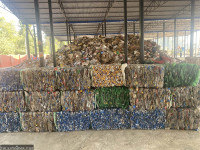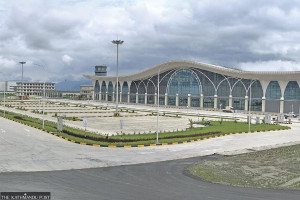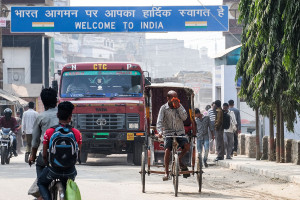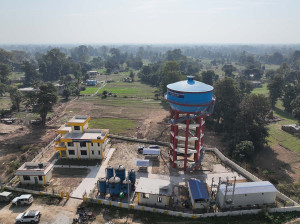Money
IFC and NRB launch guidelines for BFIs
International Finance Corporation (IFC), a member of the World Bank Group, has extended support to Nepal Rastra Bank (NRB), the central monetary authority of Nepal, in developing the country’s first Environmental and Social Risk Management (ESRM) guidelines for the financial sector.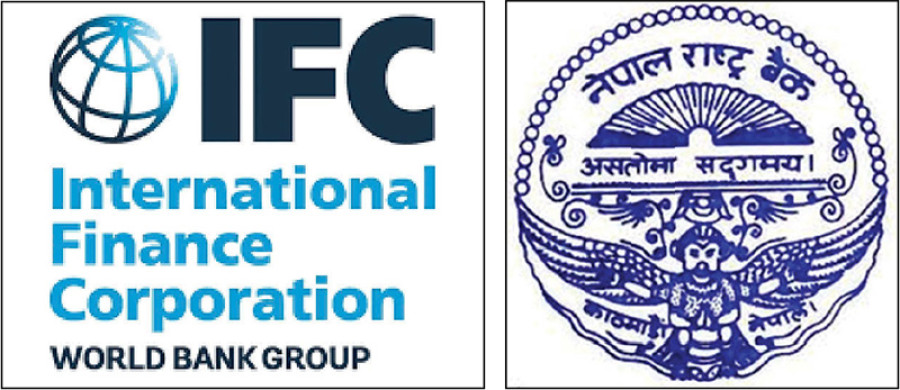
International Finance Corporation (IFC), a member of the World Bank Group, has extended support to Nepal Rastra Bank (NRB), the central monetary authority of Nepal, in developing the country’s first Environmental and Social Risk Management (ESRM) guidelines for the financial sector. The guidelines will help financial
institutions evaluate the environment and social (E&S) risks that could arise from transactions with their clients, and take measures to mitigate them.
“The traditional risks intrinsic to financial institutions pertain to credit and market. But the way their clients/investees manage the environmental and social impact of their operations can also pose substantial risks to financial institutions,” the IFC said in a statement. “If left unmanaged, these risks can adversely impact the financial institution’s reputation, and
could even result in costly litigation and loss of revenue, ultimately leading to an increase in non-performing loans (NPLs).”
The ESRM guidelines set down standards for the identification, assessment, and management of E&S risks. They list acceptable thresholds of environmental and social performance, E&S due diligence, and monitoring reports. There are general and sector-specific tools and checklists and sector-wise lists of permits and licenses, that financial institutions can apply to make their evaluations. Hydropower-related E&S criteria have been given special attention, given the country’s reliance on this form of energy.
“If E&S impact is unavoidable, measures have been suggested to mitigate them to the extent possible,” the statement reads.
The guidelines also provide a reporting template for all banks to report to the NRB on sustainability performance. This will ensure that all banks, including private ones, adopt better environmental, social, and governance standards.
“Improved E&S risk management practices will help minimise potential risks, generate business opportunities and boost the regional competitiveness of our banks and financial institutions. They will create increased access to financing for businesses with strong environmental and social performance.” said NRB Governor Chiranjibi Nepal. Sustainable finance presents a huge opportunity as well to deliver on the Sustainable Development Goals set by the United Nations, to which Nepal is a signatory.
The NRB started its journey towards a sustainable banking system in 2014 when it joined the IFC-supported Sustainable Banking Network (SBN). The ESRM guidelines have been drafted by experts at IFC and NRB using global standards, including IFC’s Performance Standards and Equator Principles, and finalized through a long process of consultations with bankers’ associations and development partners.
“Higher standards of environmental and social risk management by financial institutions are a powerful way to manage business risks, increase market trust, and attract investment, especially towards green financing,” said Wendy Werner, IFC Country Manager for Bangladesh, Bhutan, and Nepal. “IFC is looking forward to continue supporting the implementation of the ESRM guidelines in Nepal.”
As part of the Sustainable Banking Network (SBN), the IFC has helped a number of countries including Bangladesh, Indonesia, Mongolia and Vietnam, either draft and implement ESRM guidelines, or strengthen the ones they had. These measures have improved the lending portfolio in these countries, reduced risks, and boosted private sector financing and green financing.
The IFC will now train officials at Nepal’s financial institutions in assessing and administering the guidelines and evaluating reports.
It is keen to scale-up sustainable hydropower development in Nepal, promote financial inclusion, and boost tourism infrastructure through investments in manufacturing, agri-business and services industries. As of June 30, 2017, IFC’s committed portfolio in Nepal was over $40 million.




 17.12°C Kathmandu
17.12°C Kathmandu


